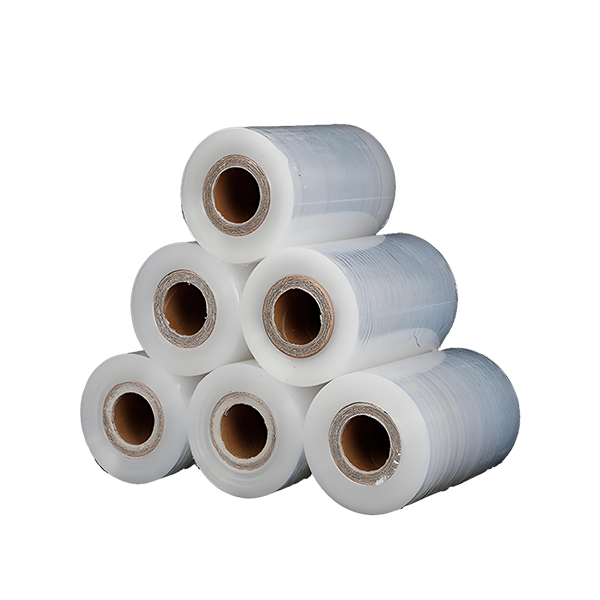Unveiling the Hidden Drawbacks of Laser Printers: A Comprehensive Analysis
Laser printers have revolutionized the printing industry with their speed, precision, and high-quality output. However, like any technology, they are not without their disadvantages. In this blog post, we will delve into the lesser-known drawbacks of laser printers, shedding light on their potential limitations and helping you make an informed decision.
- Initial Cost:
One significant disadvantage of laser printers is their relatively high initial cost compared to inkjet printers. Laser printers employ complex technology, including a laser beam, a drum, and toner cartridges, which contribute to their higher price tag. This upfront investment might deter budget-conscious individuals or small businesses from opting for laser printers. - Size and Weight:
Laser printers are generally larger and heavier than their inkjet counterparts. This bulkiness can be a challenge, especially for home users or those with limited office space. Additionally, the weight of laser printers makes them less portable, limiting their usability in certain scenarios. - Limited Color Reproduction:
While laser printers excel in producing sharp black and white prints, they often fall short in reproducing vibrant colors. Inkjet printers, with their liquid ink technology, offer a wider color gamut and better color accuracy. Therefore, if your printing needs involve graphics, photographs, or marketing materials requiring precise color representation, a laser printer may not be the ideal choice. - Maintenance and Consumables:
Laser printers require regular maintenance to ensure optimal performance. The toner cartridges, which are essential for laser printing, can be expensive to replace. Moreover, if the printer is not used frequently, the toner may dry up, leading to print quality issues and potentially necessitating cartridge replacement. These ongoing maintenance costs and the need for periodic replacement of consumables should be considered when evaluating the overall cost of ownership. - Environmental Impact:
Laser printers contribute to environmental concerns due to their energy consumption and waste generation. Compared to inkjet printers, laser printers consume more power during operation, which can significantly impact electricity bills. Additionally, the toner cartridges used in laser printers generate plastic waste that requires proper disposal or recycling. Environmentally conscious users may find this aspect of laser printing problematic.
Conclusion:
While laser printers offer numerous advantages, it is essential to consider their disadvantages before making a purchase decision. The higher initial cost, size and weight, limited color reproduction, maintenance requirements, and environmental impact are all factors that should be weighed against the benefits. By understanding these drawbacks, you can make an informed choice that aligns with your specific printing needs and budget.



